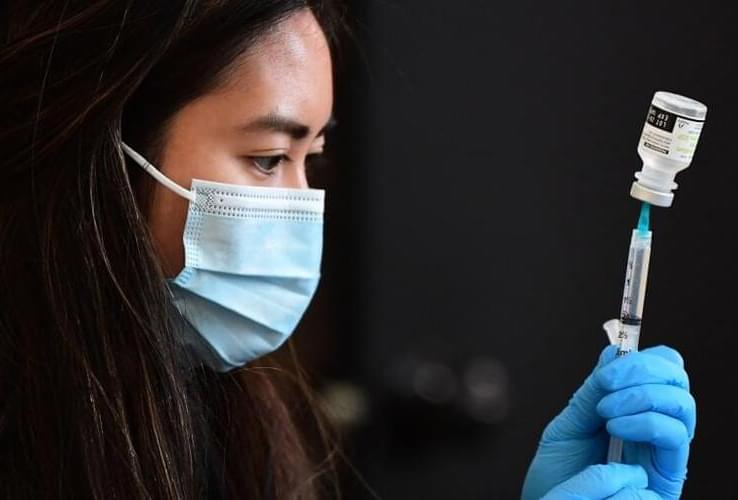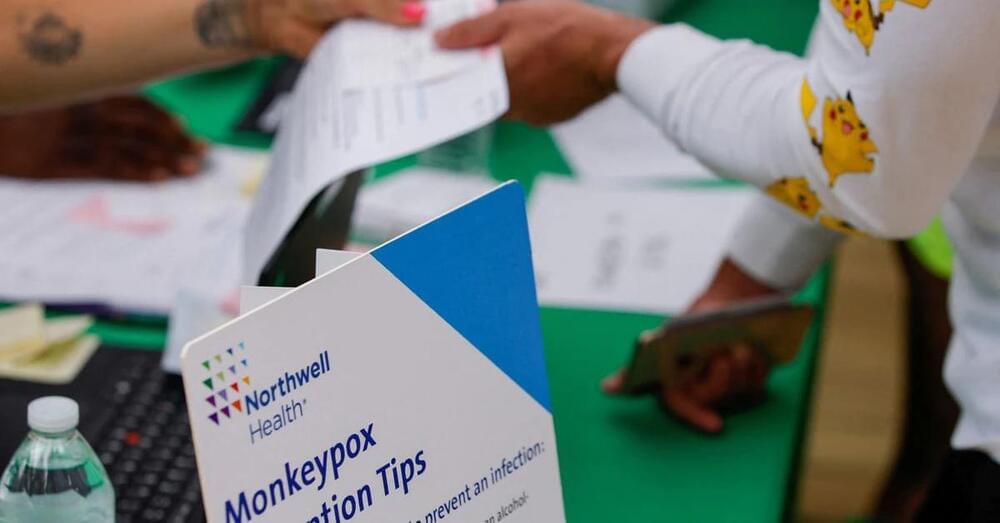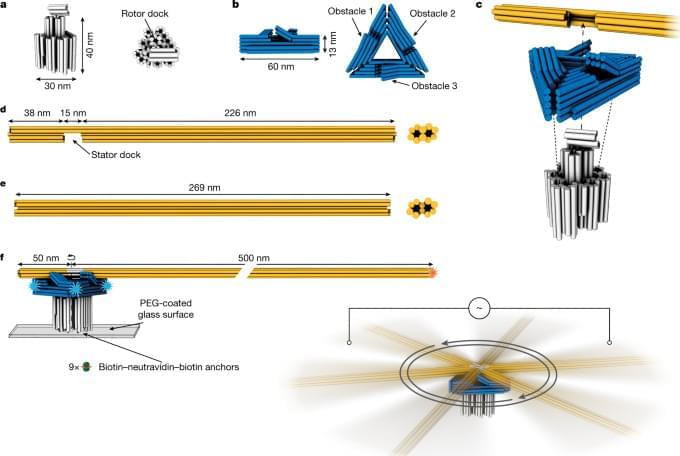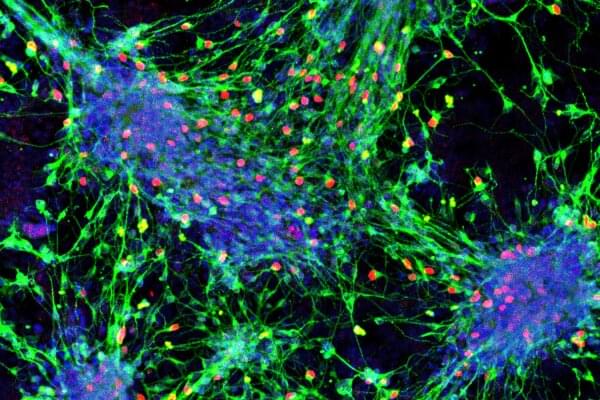Tokyo confirmed 20,401 new COVID-19 cases Wednesday, topping 20,000 for the first time since Feb. 5, while Osaka Prefecture reported a record high 21,976 infections, contributing to an unprecedented nationwide daily total of over 150,000 new cases.
Asked earlier in the day about prefectures reporting high case counts, Chief Cabinet Secretary Hirokazu Matsuno had reiterated that the central government would not be imposing any restrictions on people’s movements.







